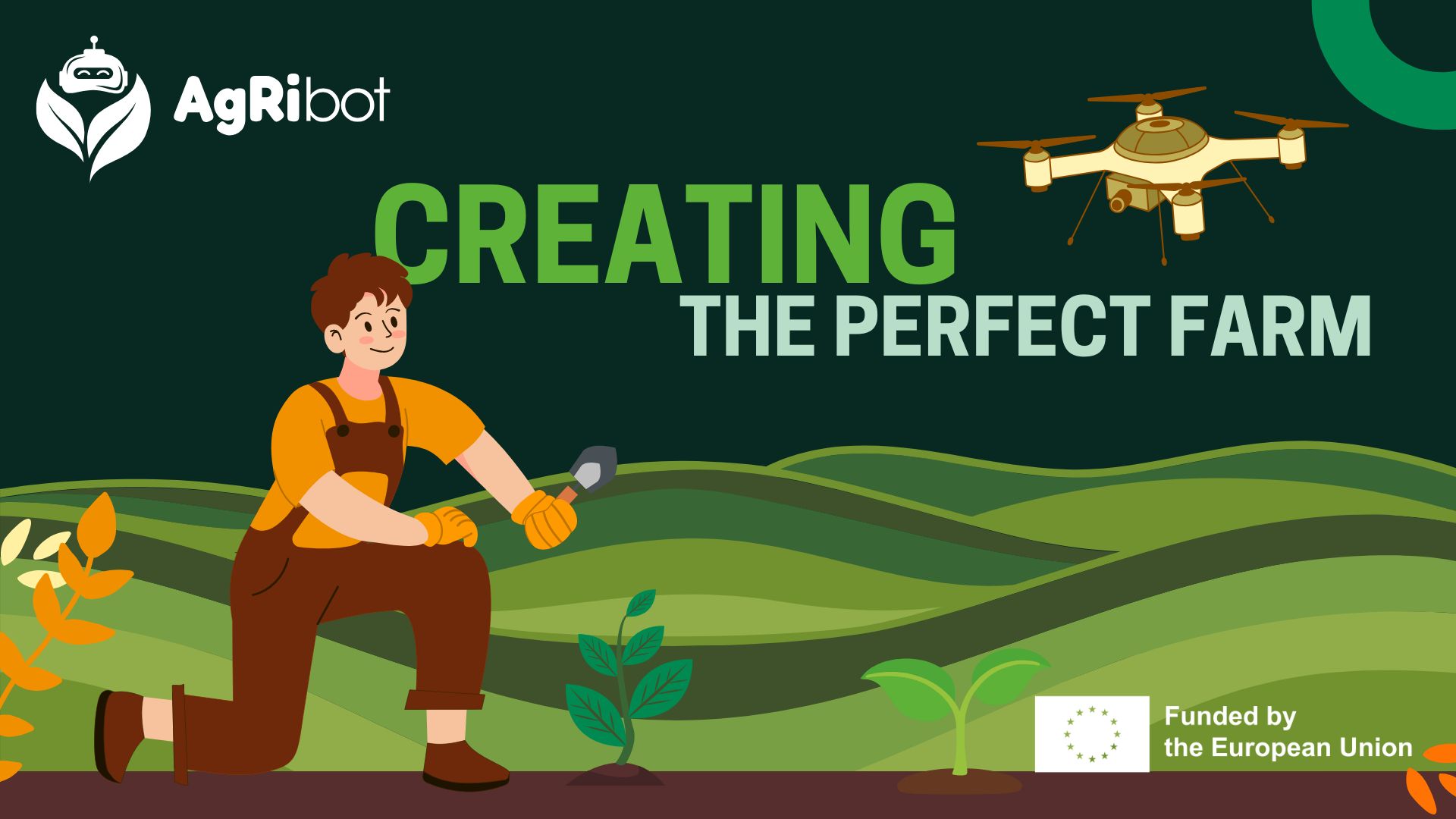The Cost of Convention
If you dig your hands into the soil of a heavily farmed field, you may not find what you expect. Decades of plowing, monoculture planting, and chemical inputs have drained the land of life. Common agricultural practices like (deep) tilling break apart the delicate structure of the soil, leaving it bare to wind and rain. Pesticides and synthetic fertilizers, meant to boost productivity, often do the opposite in the long run as they weaken the soil, pollute ecosystems, and leave no room for biodiversity.
Monoculture farming, where the same crop is grown season after season, strips nutrients from the soil without giving it anything in return. And while it may offer short-term yields, it undermines long-term resilience. The result? Fields that are increasingly dependent on chemicals to produce, while offering diminishing returns and mounting environmental damage.
Working With Nature
Rising as a powerful ally to the farmers are the autonomous agricultural robots. Meticulously designed to work for farmers and not against them, this new generation of AI-driven machines is helping farmers move away from extractive practices and toward regenerative, eco-friendly methods.
Rather than blanketing fields with chemicals or compacting the soil with heavy machinery, robotics bring precision and restraint. Imagine machines that:
-
Sense and respond to soil health in real-time
-
Deliver nutrients exactly where they’re needed—no more, no less
-
Remove weeds without harming beneficial plants or organisms
-
Treat each plant as an individual, not part of a crowd
This is precision farming with a conscience—technology that doesn’t just optimize harvests but helps restore the land it relies on.
AgRibot's Solutions for a Sustainable Future
Across Europe, AgRibot’s six pilot cases will demonstrate how smarter, greener farming can be a reality—right now. In Greece, targeted weed detection and spot spraying technology means significantly less chemical usage, with direct benefits for plant health, soil biodiversity, and water quality.
In Denmark and Switzerland, ultra-precise application systems tackle weeds and volunteer potatoes with micro-doses, helping reduce input costs while protecting surrounding ecosystems.
In Italy, real-time nutrient sensing for leafy vegetables like lettuce enables accurate fertilisation that boosts crop resilience and reduces runoff. High-tech tomato greenhouses are using smart monitoring tools to support healthier yields with fewer resources, while Belgian orchards are testing automated harvesting robots that pick fruit at peak ripeness—cutting waste and easing labour demands.
Robotic pruning and thinning in Spain and Belgium combine machine precision with AR-supported insights to improve tree health and long-term productivity. Each pilot is a glimpse into a future where farmers work hand-in-hand with technology to care for their crops, their soil, and the planet.
The Environmental Benefits of Farming Robotics
By reducing reliance on chemicals, preserving soil health, and enabling smart interventions, AgRibot is helping transform European farming into a force for climate resilience and biodiversity. The old trade-off—between productivity and sustainability—is no longer necessary.
Because the farm of the future isn’t just efficient. It’s alive with possibility. It learns from nature, adapts with data, and repairs what industrial agriculture has worn thin.



